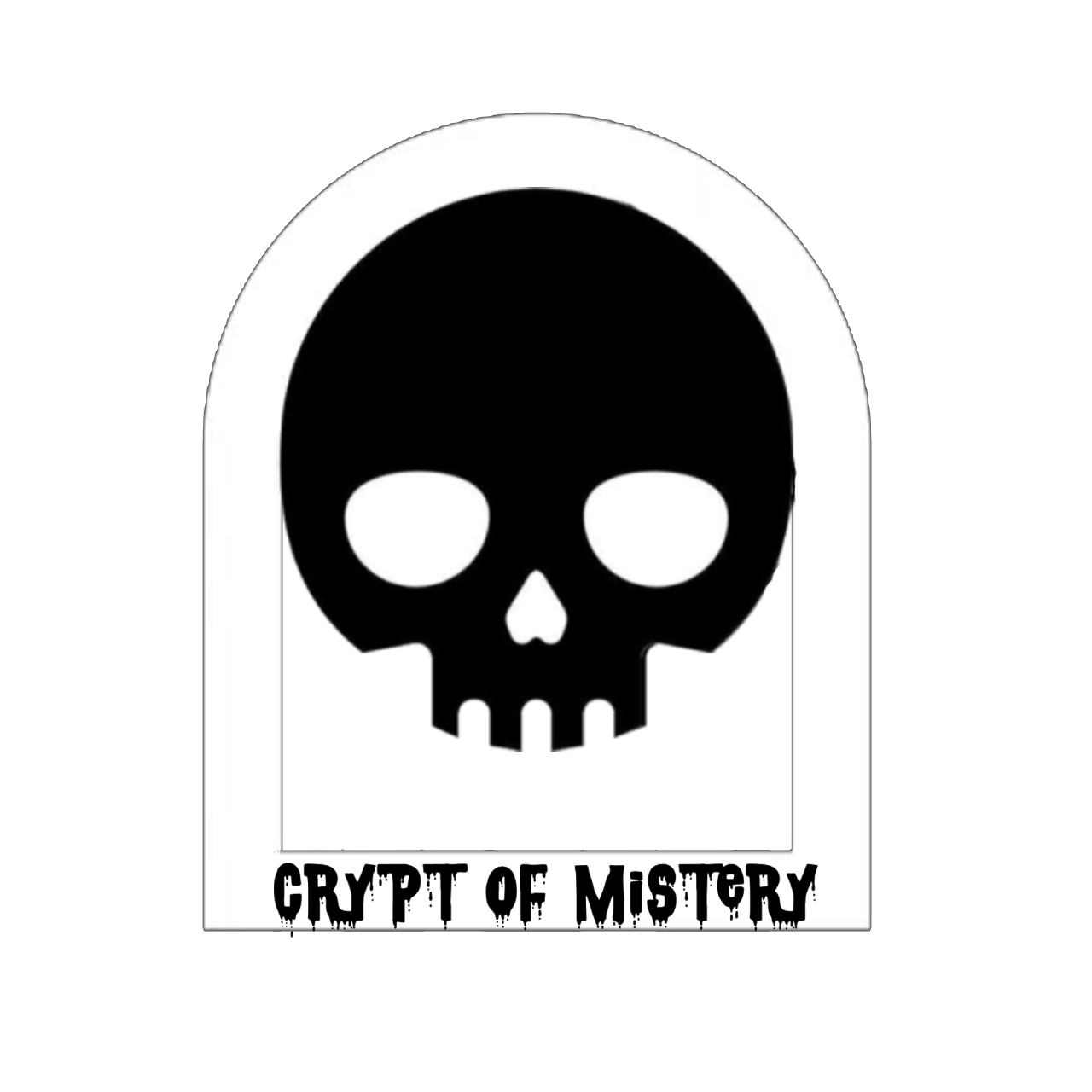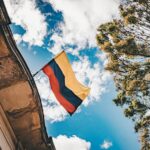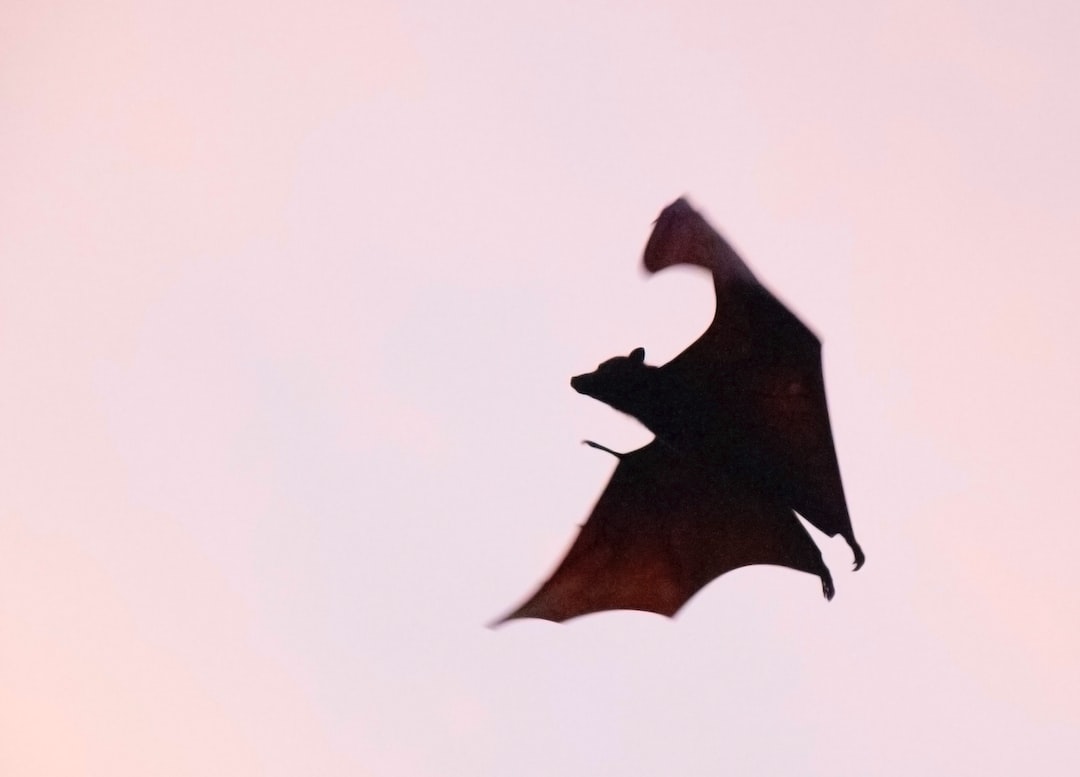Easter Island, also known as Rapa Nui, is a remote island located in the Pacific Ocean. It is famous for its massive stone statues called Moai, which were created by the indigenous Rapa Nui people. These statues have captivated the world with their mysterious origins, cultural significance, and enigmatic nature. In this blog post, we will delve into the history and significance of the Easter Island Moai, explore the theories surrounding their origins and construction, discuss their role in the decline of Easter Island’s civilization, and examine their impact on the island’s culture and economy today.
Key Takeaways
- The Easter Island Moai are iconic statues that have fascinated people for centuries.
- The origins of the Moai remain a mystery, but they hold great cultural and religious significance for the Rapa Nui people.
- Theories about how the Moai were carved and transported across the island range from simple methods to complex engineering feats.
- The Moai played a role in Easter Island’s decline and collapse, but their placement and alignment remain controversial.
- Today, the Moai have a significant cultural and economic impact on Easter Island, and it is important to preserve and protect them for future generations.
- Ongoing research and discoveries continue to shed light on the enigmatic nature of the Moai and Easter Island’s history.
The History and Significance of the Easter Island Moai
The history of Easter Island dates back to around 700 AD when Polynesian settlers arrived on the island. Over time, a unique culture developed, characterized by its isolation from the rest of the world. The Rapa Nui people began carving and erecting the Moai statues around 1100 AD. These statues were believed to represent deceased ancestors and were placed on ceremonial platforms called ahu.
The Moai hold great significance to the Rapa Nui people. They are seen as a connection between the living and the dead, serving as a link to their ancestors. The statues were not just objects of worship but also symbols of power and prestige. The larger and more elaborate the statue, the higher the status of the person it represented. The construction of these statues required immense effort and resources, demonstrating the importance placed on honoring their ancestors.
The Mysterious Origins of the Moai: What Do We Know?
The origins of the Moai remain a subject of debate and speculation among archaeologists and historians. Several theories have been proposed to explain how these massive statues were created and transported across the island.
One theory suggests that the Moai were carved directly from volcanic rock using stone tools. This theory is supported by evidence of stone quarries where the statues were carved. The Rapa Nui people would have used stone hammers and chisels to shape the statues, a process that would have required great skill and precision.
Another theory proposes that the Moai were created using a technique called “ramping.” This involved carving the statues at the quarry and then sliding them down a ramp made of earth and logs to transport them to their final locations. Evidence of ramps has been found near some of the ahu, supporting this theory.
A more recent theory suggests that the Moai were “walked” to their destinations using a rocking motion. This theory is based on experiments conducted by archaeologists who were able to move a replica Moai using ropes and a rocking motion. This method would have required a large number of people working together in a coordinated effort.
The Fascinating Cultural and Religious Significance of the Moai
| Aspect | Metric |
|---|---|
| Number of Moai | 887 |
| Height of Tallest Moai | 33 feet |
| Weight of Heaviest Moai | 82 tons |
| Age of Moai | Estimated to be between 400 and 800 years old |
| Meaning of Moai | Believed to represent ancestors and important figures in Rapa Nui culture |
| Religious Significance | Moai were believed to have spiritual power and were used in religious ceremonies |
| Cultural Significance | Moai are an important symbol of Rapa Nui culture and are recognized as a UNESCO World Heritage Site |
The Moai held immense cultural and religious significance for the Rapa Nui people. They were not just statues but representations of their ancestors and deities. The statues were believed to contain the spiritual essence, or mana, of those they represented.
The construction and placement of the Moai were accompanied by elaborate rituals and ceremonies. The Rapa Nui people believed that by honoring their ancestors through these statues, they would receive protection, guidance, and blessings. The statues were often adorned with red stone topknots called pukao, which represented the ancestral hair.
During certain ceremonies, the eyes of the Moai were carved out of white coral and obsidian and placed in the eye sockets. These eyes were believed to give life to the statues, allowing them to watch over and protect the community.
Theories About How the Moai Were Carved and Transported Across the Island
The methods used to carve and transport the Moai across Easter Island have long been a subject of fascination and speculation. Various theories have been proposed to explain these processes.
One theory suggests that the Moai were carved using stone tools made from basalt, a volcanic rock found on the island. The Rapa Nui people would have used stone hammers and chisels to shape the statues, a process that would have required great skill and precision.
Another theory proposes that the Moai were carved using a technique called “ramping.” This involved carving the statues at the quarry and then sliding them down a ramp made of earth and logs to transport them to their final locations. Evidence of ramps has been found near some of the ahu, supporting this theory.
A more recent theory suggests that the Moai were “walked” to their destinations using a rocking motion. This theory is based on experiments conducted by archaeologists who were able to move a replica Moai using ropes and a rocking motion. This method would have required a large number of people working together in a coordinated effort.
The Role of the Moai in Easter Island’s Decline and Collapse

The Moai played a significant role in the decline and collapse of Easter Island’s civilization. As the population grew, more resources were needed to carve and transport the statues, leading to deforestation and soil erosion. The Rapa Nui people relied heavily on palm trees for various purposes, including building canoes for fishing and transporting the Moai. With the loss of trees, they were unable to sustain their way of life.
The construction of the Moai also required vast amounts of manpower, diverting resources away from other essential activities such as agriculture. As a result, food production declined, leading to famine and social unrest. The collapse of Easter Island’s civilization is believed to have been caused by a combination of environmental degradation, overpopulation, and societal collapse.
The Controversy Surrounding the Moai’s Placement and Alignment
The placement and alignment of the Moai have been a subject of controversy and speculation. Some theories suggest that the statues were strategically placed to align with celestial events, such as the rising and setting of the sun or specific constellations. This theory is supported by evidence of alignments between the statues and natural landmarks on the island.
Another theory proposes that the placement of the Moai was determined by social and political factors. The larger and more elaborate statues were placed in prominent locations to display the power and prestige of the individuals they represented. The positioning of the statues may have also been influenced by territorial boundaries and rivalries between different clans.
The Cultural and Economic Impact of the Moai on Easter Island Today
The Moai continue to have a significant cultural and economic impact on Easter Island today. They are a symbol of Rapa Nui identity and pride, attracting tourists from around the world. The tourism industry has become a vital source of income for the island, providing jobs and economic opportunities for the local community.
The Moai also play a role in cultural events and festivals on Easter Island. Traditional ceremonies are held to honor the ancestors and celebrate Rapa Nui culture. The statues are central to these events, serving as a reminder of the island’s rich history and heritage.
The Importance of Preserving and Protecting the Moai for Future Generations
Preserving and protecting the Moai is crucial for future generations to understand and appreciate the history and culture of Easter Island. These statues are not just objects of art but living symbols of Rapa Nui identity. Efforts are being made to conserve and restore the Moai, including measures to prevent further erosion and damage.
Education and awareness programs are also being implemented to promote sustainable tourism practices and respect for the cultural heritage of Easter Island. It is essential to strike a balance between preserving these ancient artifacts and allowing visitors to experience their beauty and significance.
The Ongoing Research and Discoveries About the Moai and Easter Island’s History
Ongoing research and discoveries continue to shed light on the Moai and Easter Island’s history. Archaeologists and historians are using advanced technologies and techniques to uncover new insights into the construction, purpose, and significance of the statues.
Recent discoveries include the identification of new statues buried underground, revealing the extent of the Moai’s presence on the island. Researchers are also studying the petroglyphs and rock art found near the statues, providing clues about their cultural and religious significance.
The Enigmatic Nature of the Moai: Why They Continue to Captivate and Intrigue Us
The Moai continue to captivate and intrigue us due to their enigmatic nature. Despite centuries of study, many questions remain unanswered about their origins, purpose, and construction. The sheer size and scale of these statues, along with their intricate carvings, leave us in awe of the skill and craftsmanship of the Rapa Nui people.
The mystery surrounding the Moai also fuels our imagination and curiosity. We are drawn to their silent presence, wondering what stories they could tell if they could speak. The Moai serve as a reminder of the mysteries that still exist in our world and the importance of preserving our cultural heritage.
The Easter Island Moai are more than just stone statues; they are a testament to the ingenuity, creativity, and spirituality of the Rapa Nui people. Their history and significance continue to fascinate us, offering glimpses into a civilization that thrived in isolation for centuries.
As we explore the theories surrounding their origins, construction, and placement, we gain a deeper understanding of their cultural and religious significance. The Moai’s role in Easter Island’s decline and collapse serves as a cautionary tale about the importance of sustainable practices and preserving our natural resources.
Today, the Moai continue to impact Easter Island’s culture and economy, attracting tourists from around the world. Efforts to preserve and protect these ancient artifacts are essential to ensure that future generations can appreciate and learn from their rich history.
The enigmatic nature of the Moai will always captivate and intrigue us, reminding us of the mysteries that still exist in our world. As we continue to uncover new insights and discoveries, we gain a greater appreciation for the enduring legacy of the Rapa Nui people and their remarkable achievements on Easter Island.
FAQs
What are the Easter Island Moai?
The Easter Island Moai are a collection of large stone statues located on Easter Island, a Chilean territory in the southeastern Pacific Ocean.
How many Moai are there?
There are approximately 900 Moai on Easter Island, ranging in size from less than 1 meter to over 10 meters tall.
Who built the Moai?
The Moai were built by the Rapa Nui people, who inhabited Easter Island from around 700 AD until the arrival of European explorers in the 18th century.
What were the Moai used for?
The purpose of the Moai is not entirely clear, but they are believed to have been used in religious or ceremonial contexts, possibly as representations of ancestors or deities.
How were the Moai constructed?
The Moai were carved from volcanic rock using stone tools, and then transported to their final locations using a system of ropes, sledges, and manpower.
Why are the Moai significant?
The Moai are significant for their size, craftsmanship, and cultural importance to the Rapa Nui people. They are also a popular tourist attraction and have been designated a UNESCO World Heritage site.







